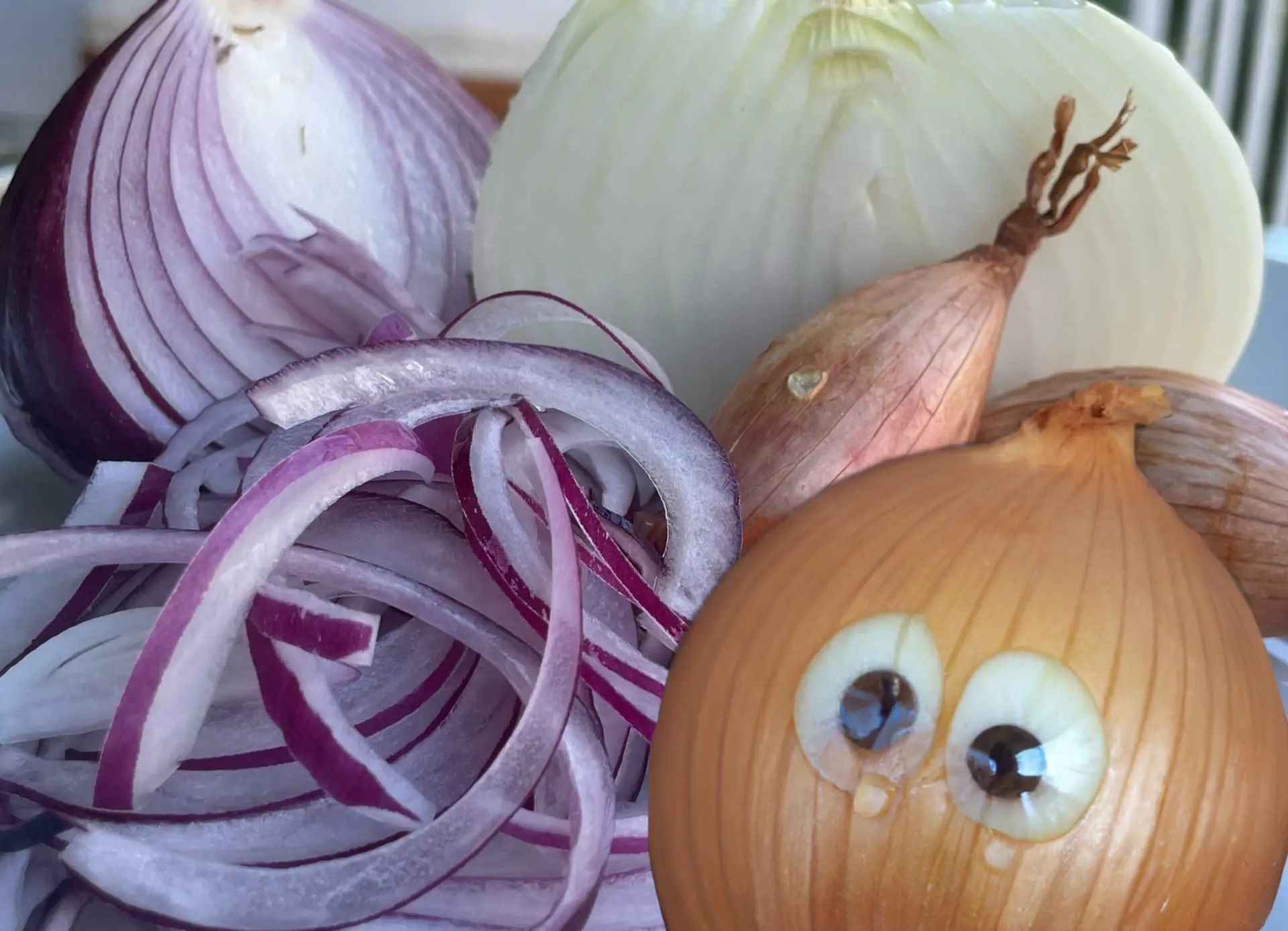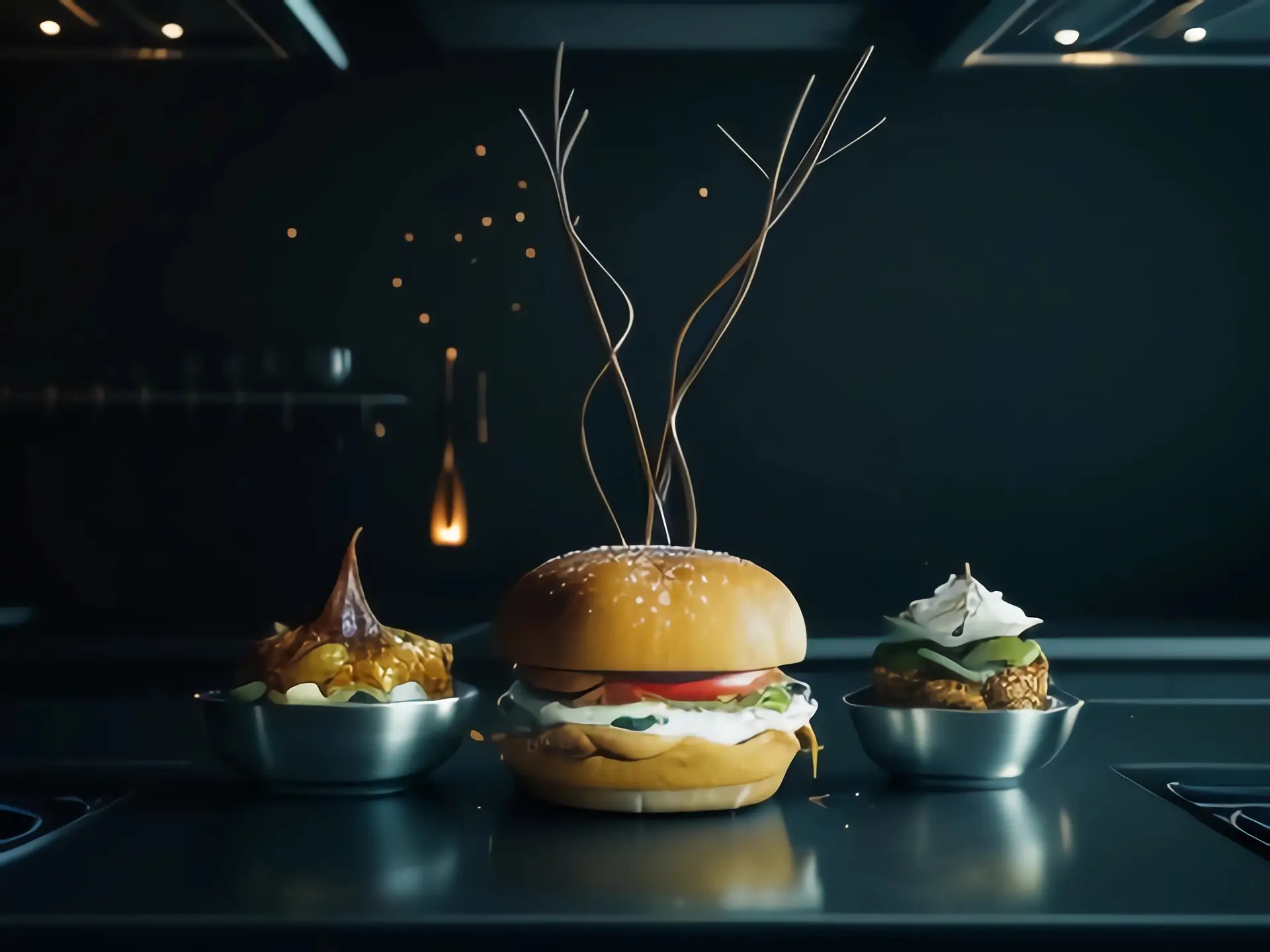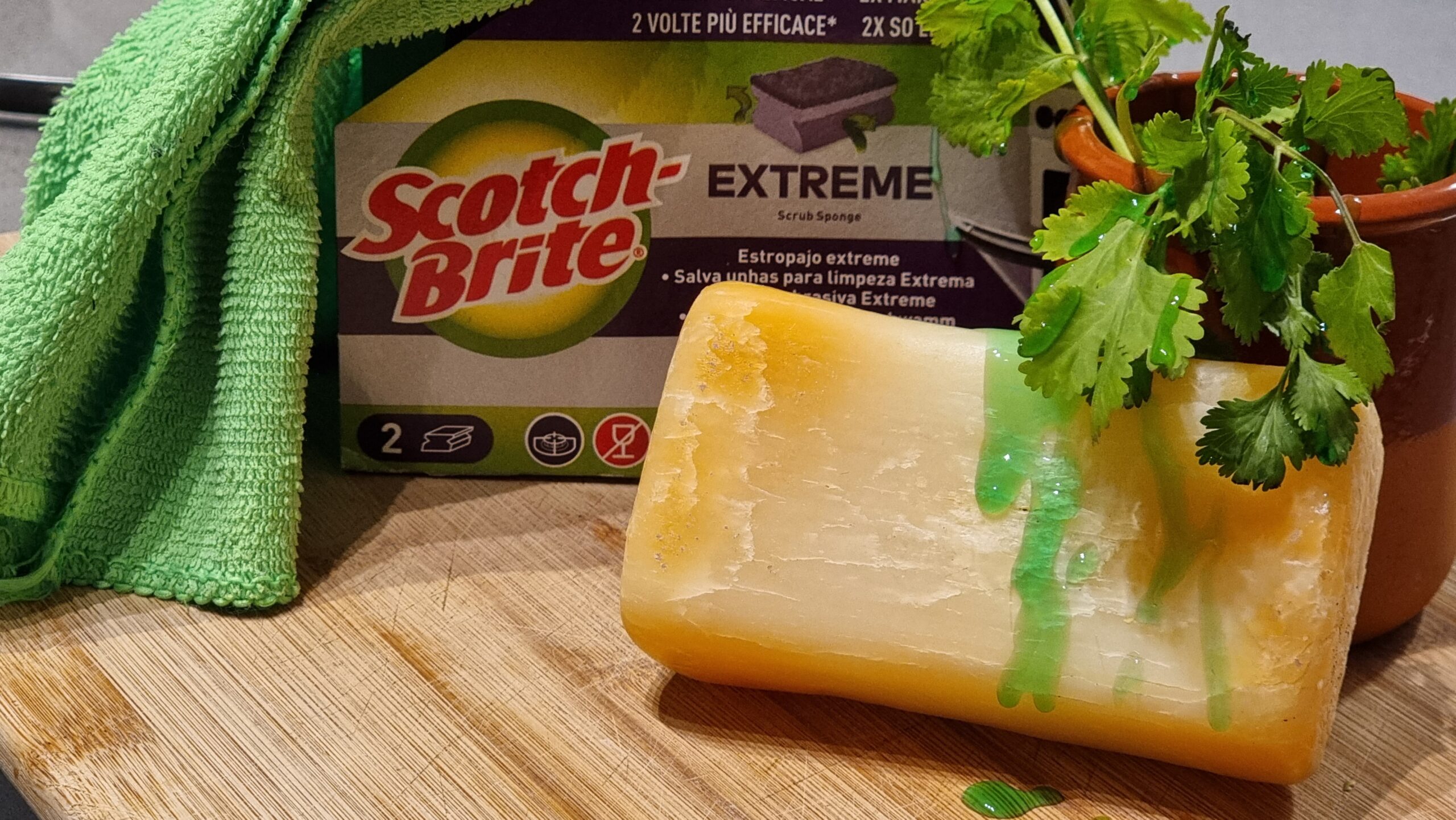What and how Frying works? Deciphering French Fries.
All cooks know that frying is cooking through contact with hot oil, this operation creates a golden crust and goes down smoothly! But we must not blindly trust heated oil because it can splatter, make the kitchen greasy and produce that dark pungent bitter smell of burning as it gradually darkens. It’s a thread of questions that comes to mind when I think of deep-frying as a cooking method.
What is the principle of frying?
The heated pan transmits its heat to the oil, which can rise well over 100°C, the maximum attainable by water in its liquid state. And when food is brought to such high temperatures its surface water begins to evaporate (That’s why we see those bubbles when we put our potatoes in the hot oil, water expands to the form of vapor causing the oil to splatter, hotter the oil higher the intensity of splatter) and produces that characteristic crisp texture. If you’ve ever noticed it seems like the surface of a fried item is dry, well it doesn’t have any water. How to fry well? Use oil as hot as possible. But we all know that’s not the only parameter we can live by. That’s because the thermal inertia of the heated body is directly proportional to its mass, which brings us to the next question.
Why is it necessary to fry in so much oil?
The above-highlighted statement simply means the time that a hot body remains hot depends on how dense it is or its size or its form. That means when oil is heated to a certain temperature and a food article is dropped in it loses some of its energy and transfers it to the food, so a reduction in energy amounts to a reduction in temperature. We want the surface of the food to become crisp as soon as possible because if we do not do it, the oil will penetrate through the layer and you’ll get a soggy result. Hence, to overcome the heat loss when we put the food in the hot oil, we must calculate how much oil we need to use by our batch size and also wait for the oil to reach the desired temperature (To check, a thumb rule, is to drop a small piece of what is to be fried and it must violently splatter oil like there’s no tomorrow). And I believe that the question “Why must the food for frying must be dry?” is also answered.
The Ideal Fry
n → ∞ , where n = recipes of french fries. There is no perfect way, at the end I’ll try to compare two of my theories taking into consideration the amount of oil that is absorbed when the fries are cooked. Remember that, Flaky and crisp consistency, golden color, and characteristic flavor of fried food are due in part to the coagulation of proteins and the caramelization of the glucides (Sugars and Starch) [and obviously Maillard Reaction]. That’s why potatoes were preordained to be fried: they consist of sugars and starch on the surface which is favorably transformed. We want both sweet and not-so-dark fries, so the choice of potatoes for making is like deciding between the heart and the mind, then why standardize it? Experiment and see which potatoes you like, also keep in mind that each potato is different! As far as oil is concerned choose one which has a flash point well over 200°C. Salt plays a very important role, please don’t use the iodized one we already have a lot of acrylamide on fries we don’t want more bitterness, in the complete experience of eating it, through experimentation personally I like a mix of salt and sugar powder in the ratio 10:1 if you can get your hands on maltodextrin throw in some of that too.
I’ve heard this a lot, that we must wash the potatoes in cold water, it’ll give you much crispier fries. What are we trying to achieve here, as far as I know, Amylose and Amylopectin (chief constituents of starch in food) are insoluble in cold water, so we can wash some of it off of the surface of the cut potatoes, so what? What else does it do? Maybe delay the process of the fries becoming darker beforehand. If you have an answer, please feel free to write to me. Also, a recent study proved that a hot water wash is much more successful than a cold water washes commercially, but when washed twice with cold water, the results were almost identical.
After frying, THE MOST IMPORTANT step is to drain the fries, the ideal way to do this is to line a tray with a kitchen towel put the cooked fries directly from the fryer onto the tray, and then shake them around a little, if not eating immediately, then transfer them on a wire rack to prevent the formation of steam and soggy-ing them. Also, this is a crucial step because when we are frying them, pressure builds up inside each fry because of the water turns into vapor at such high temperatures. Now as soon as they start to cool, vapor starts to condense, and the pressure starts reducing which in turn sucks the oil on the surface of the fry inside. So take care of your health and figure drain your fries thoroughly.
Healthy Fries
Try placing the cut fries into cold oil and then bring the temperature of the oil up by keeping it on the flame. In this way, obviously, it’ll take longer to cook, and the oil absorbed will be minimal because if you recall that water is incompressible so there won’t be many places for the oil to enter because most of the cooking is done below the temperature of 100°C. The bottom line is the amount of water lost is directly proportional to the amount of oil absorbed.
Not-So-Healthy but Flavor-Bomb Fries
Heat the oil beforehand, throw in the potatoes and watch carefully that a lot of water vapor must come out on top of the pot. Increase your gas stove to its maximum power and continuously stir them. Now as we know Maillard reactions take place more rapidly at a higher temperature so you’ll get a darker crust, consisting of many more flavor and taste molecules than the pale ones.
As long as the twice-fried fries are concerned, just think about it, we are giving more time for the oil to seep in because we generally take them out before that crispy layer is formed. There is no doubt that they’ll be more flavorful because as the old tale goes “More Fat More Flavor”, but we’ve got to think about food after it has passed our mouth, that is, how will it affect our body in the long run, we are humans, not Vulcans, Live Long and Prosper!🖖
A small note on Acrylamide
Acrylamide is a chemical used primarily to make substances called polyacrylamide and acrylamide copolymers. These are used in many industrial processes, such as the production of paper, dyes, and plastics, and the treatment of drinking water and wastewater, including sewage. It can be produced when vegetables that contain the amino acid asparagine, such as potatoes, are heated to high temperatures in the presence of certain sugars. It is also a component of tobacco smoke. Acrylamide can be generated from food components during heat treatment as a result of the Maillard reaction between amino acids and reducing sugars and asparagine, a major amino acid in potatoes and cereals is a crucial participant in the production of acrylamide by this pathway. Studies in rodent models have found that acrylamide exposure increases the risk for several types of cancer.








